Mentioned by Fodor's Choice
Sights in Barcelona
"This fascinating museum just off Plaça del Rei traces Barcelona's evolution from its first Iberian settlement through its Roman and…"
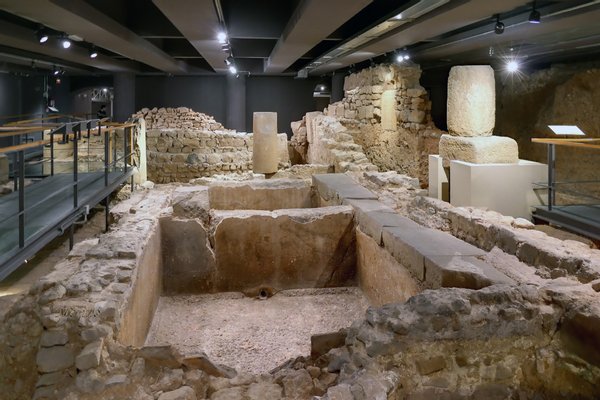
"This fascinating museum just off Plaça del Rei traces Barcelona's evolution from its first Iberian settlement through its Roman and…"
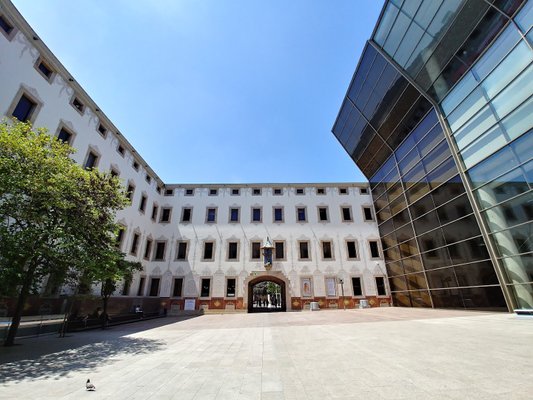
"Since the 90s the government has done major efforts to clean up and relaunch the area by opening two very relevant art centers: Centre de Cultura Contemporània and MACBA (Museu d’Art Contemporani de Barcelona). You will see teenagers on skateboards, artists enjoying a drink on any of the lazy pedestrian squares and streets and several creative spaces and innovative restaurants and bars. It is hipster’s paradise. The best is to simply walk along the streets and get into the MACBA for its regular exhibitions that push the boundaries."
"CCCB is another must-see contemporary art space in Barcelona, equally for its activities and its stunning building. Located in the Raval district and just a few steps from MACBA, it occupies part of the old Casa de Caritat, a former almshouse built in 1802. The building was completely renovated with the addition of a new wing and a spectacular facade entirely made of glass."
"Designed by architects Piñon and Viaplana, CCCB hosts thematic exhibitions that showcase contemporary art, thought-provoking debates, and unique festivals and concerts. Timings: 11:00 AM to 8:00 PM (Tue-Sun); Closed on Mondays, 24, 25 and 31 December and 1 and 5 January. Address: 5 Carrer de Montalegre, Barcelona, Catalunya, 8001, SpainGoogle map | TripAdvisor"
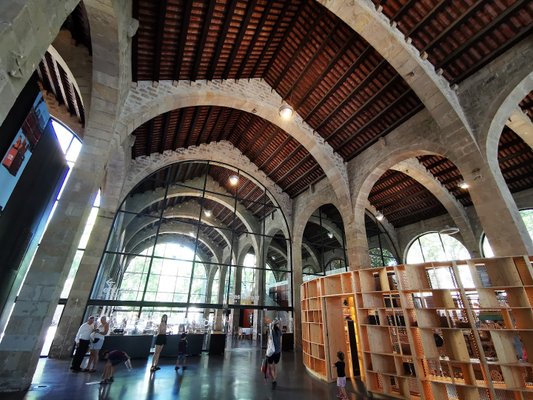
"At the end of La Rambla, Drassanes metro station hints at the city's sea-faring past. Drassanes means shipyard, but this one specialized in building galleys—elongated warships rowed by a squad of sailors (sadly, often slaves) with pole-length oars. Today, Barcelona’s impressive former galley-maker is its maritime museum celebrating everything ship based, but from the safety of dry land."
"The city's maritime museum occupies Gothic shipyards – a remarkable relic from Barcelona's days as the seat of a seafaring empire. Highlights include a full-scale 1970s replica of Don Juan of Austria’s 16th-century flagship, fishing vessels, antique navigation charts and dioramas of the Barcelona waterfront."
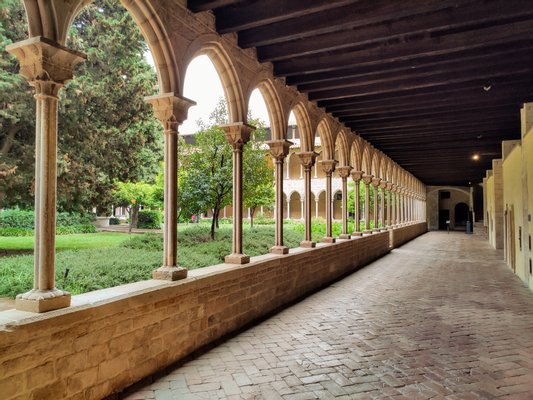
"The monastery was founded in 1326 by King James II of Aragon for his wife Elisenda de Montcada. The queen, in order to protect the monastery, gave it a series of privileges like the direct protection through the Consell de Cent. The monastery was originally built in white stone and is surrounded by a line of walls along with three floors 40 meters long."
"This marvel of a monastery, named for its original white stones ( pedres albes ), is really a convent, founded in 1326 for the Franciscan…"
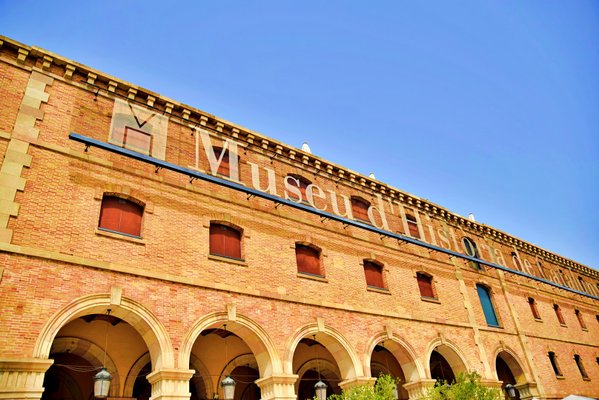
"The perfect choice for those wanting to delve deeper into the history of Catalonia and be transported on a journey through time. It offers a virtual chronology of the region’s past, spanning an era from the Lower Paleolithic era (the early Stone Age) right up to Jordi Pujol’s proclamation as President of the Generalitat in 1980. Enjoy an entertaining exploration of 2000 years of Catalan history, all squeezed into only two floors, with various artefacts, models, dioramas and documents of everything from a medieval shoemaker’s shop to a 1960s bar."
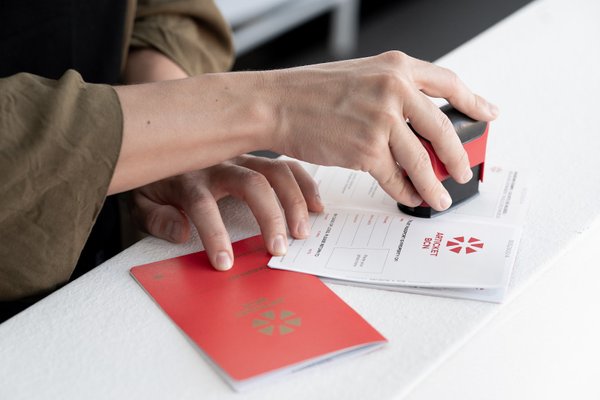
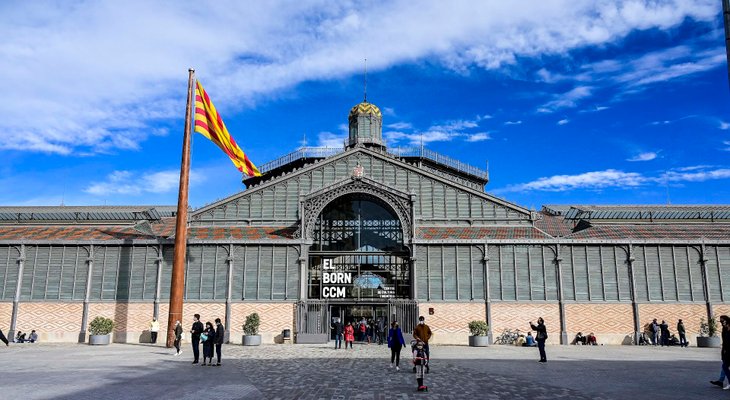
"Bypass the lines at the nearby Picasso museum and stop in at the El Born Cultural Center for a unique look at Catalan history. Enter the massive 19th century market hall to find the archeological remains of 16th century Barcelona. You can admire the vast excavation site for free or take in a guided tour, one of their exhibits or concerts, all highlighting Catalan’s distinct history and culture."
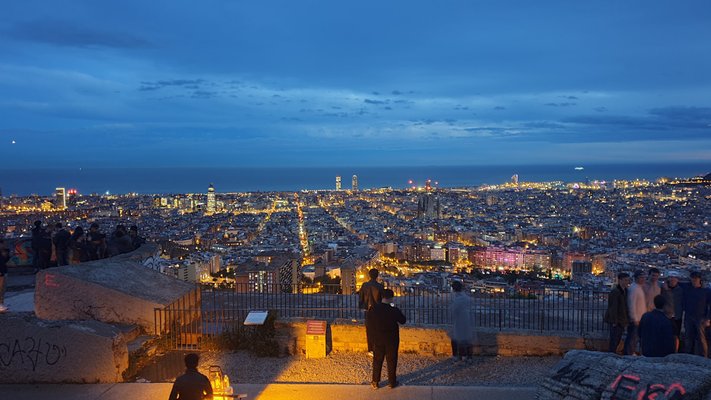
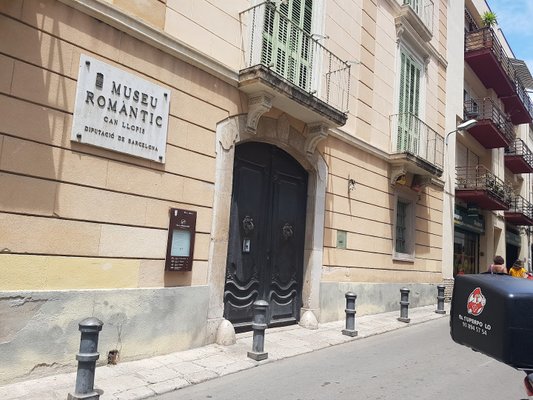
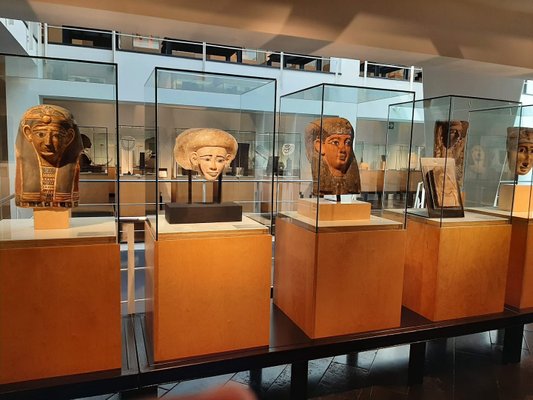
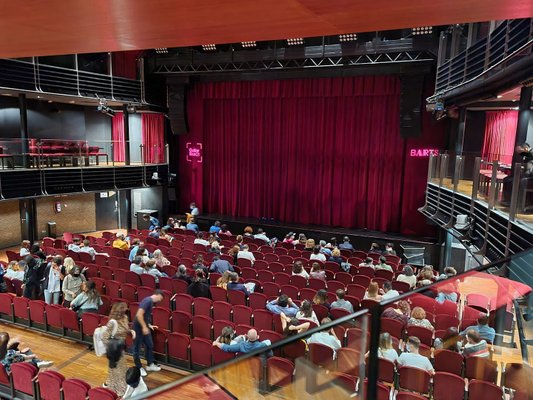
"BARTS is located on the grounds of a former Gran Teatro Español (great Spanish theatre), in the heart of the El Paral·lel showbiz district. The venue still manages to feel intimate despite its seating capacity of approximately 900, along with two upper galleries that surround the concert hall. It is well-loved for its cabaret shows and stand-up comedy nights."
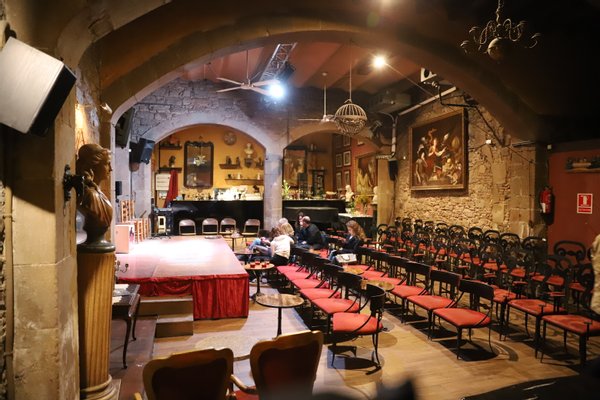
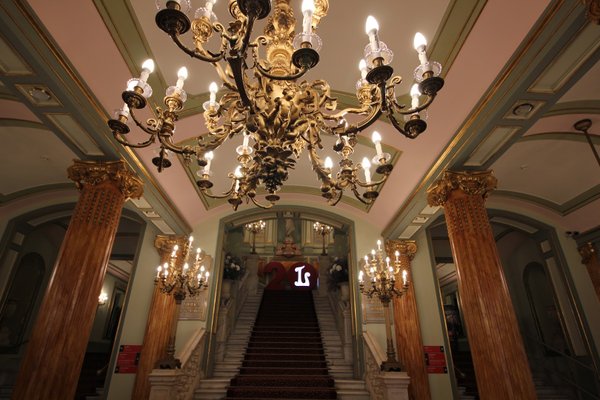
"Very close to the hotel (right on La Rambla) you will find the Gran Teatre del Liceu, considered one of the most important and prestigious opera houses in the world. Since its inauguration in 1847, the greatest opera arias have been performed at the Liceu and it has hosted artists such as Enrico Caruso, Maria Callas, Luciano Pavarotti or the local artists José Carreras and Montserrat Caballé. After suffering several fires and even an attack throughout its history, the building has resurfaced from its ashes over and over again and after its last reconstruction maintains the original essence, with some technical improvements, to become a cultural symbol of Barcelona and one of the theatres with the largest capacity in Europe (2,292 seats)."
"• El Gran Teatre del Liceu – The opera house of the city, has been burnt down several times and bombed by Anarchists at the beginning of the 20th century. It was built in the 1800s and was always a symbol of wealth. Today’s building was re-opened in 1999 after a fire in 1994 destroyed it. You can join guided visits at 10am"
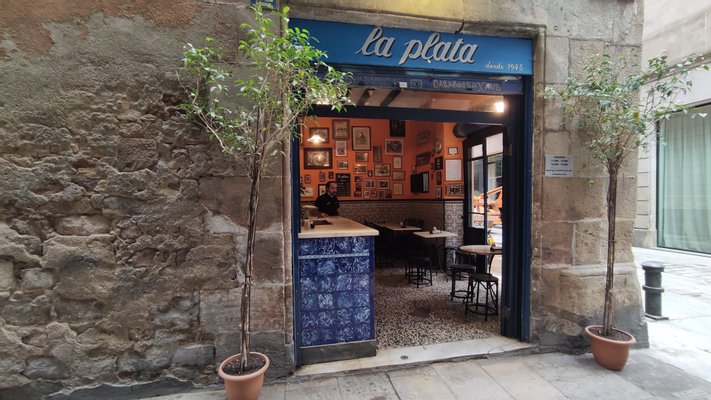
"This small corner bar just one block from the old port of Barcelona has been serving the same four dishes since 1945. Though the salted anchovies, fried sausage, and tomato salad are all delicious, the floured and fried boquerones (anchovies) are the true star. Now run by the grandson of the original founder, Bar La Plata sells over 40 kg of the little fishes per week."
"Quite possibly the last standing authentic Spanish tapas bar in the Gothic Quarter, La Plata is a tiny place with only four things on the menu: tomato salad, botifarra sausage, fried anchovies, and pickled and salt-cured anchovies on bread. I love each of them, which makes it the perfect place to fill up on delicious food and wine. Carrer de la Mercé, 28"
"Bar La Plata is a tiny corner restaurant in the Gothic Quarter that’s been serving exactly the same menu since is opened its doors in 1945. That menu is literally four items long. The only point of caution with La Plata is that it is not a good place to go for choosy diners."
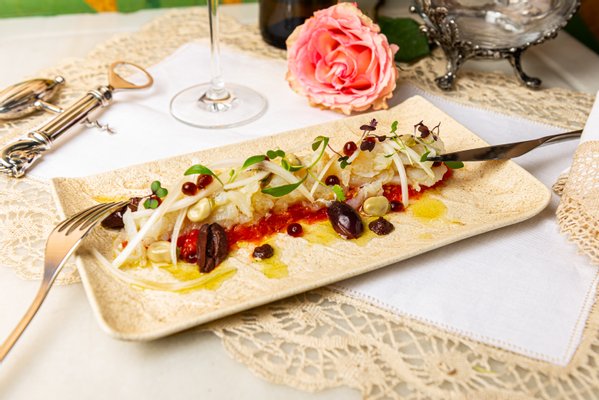
"Els 4 Gats, “The Four Cats” in English, is a cafe famous for being a hot spot for famous artists at the turn of the 20th century. Pablo Picasso, Antoni Gaudí, and Julio González, among others, went to the cafe located in the historical Casa Marti building built in 1896 by the architect Josep Puig i Cadafalch. The original 4 Gats was open between 1897 and 1903, but its short life and the atmosphere it produced influenced art and literature from people who visited all the way until 1978 when it was reopened."
"Whilst twisting through the winding streets of Barri Gòtic, you might just come across the fabulous building that houses the 4 Cats restaurant. Built by Puig I Cadafalch, one of Gaudí’s contemporaries, it is famous as the place Pablo Picasso used to frequent. With an exquisite modernist interior and boho chic decor, you’ll be enchanted before the food has come."
"Els Quatre Gats (Also called 4 Gats) Barcelona bar and restaurant on Carrer Montsió, 3 in the gothic area of Barcelona. Els Quatre Gats was modeled on Le Chat Noir in Paris and is now famous for being the favourite bar for young Barcelona artist ...Read More... Tagspicasso, gothic area, modernist, Josep Puig i Cadafalch"
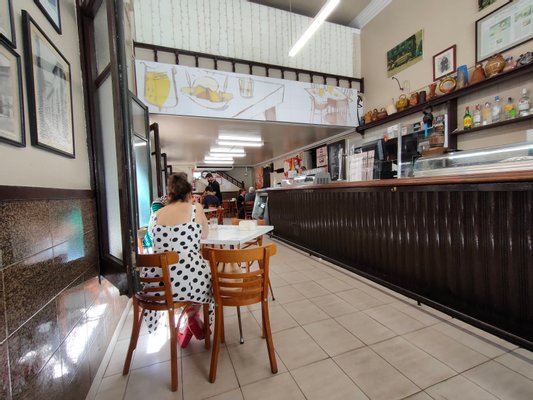
"The full name is El Tomás de Sarrià but everyone calls it Bar Tomás. Bar Tomás is small but excellent authentic Spanish tapas bar legendary in Sarrià-Pedralbes and Barcelona. It is 10 minutes by train from center of B ...Read More..."
"Bar Tomás is most famous for its patatas bravas – often cited as the best in Barcelona. Situated in the middle of Sarrià’s Calle Mayor, the restaurant is unassuming in its decor and the food is also modestly priced."
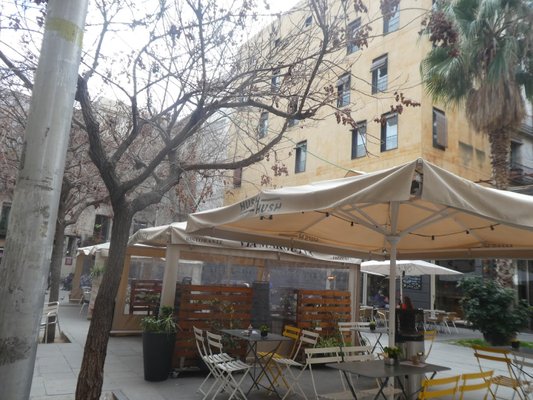
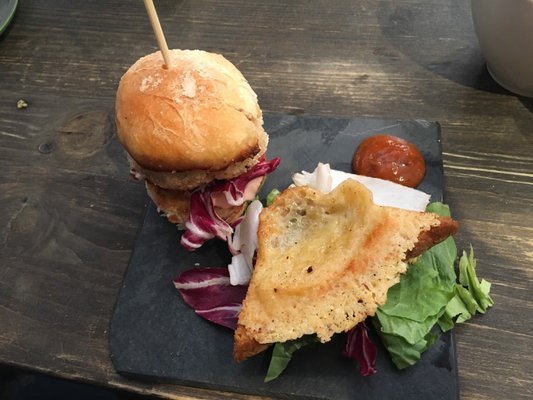
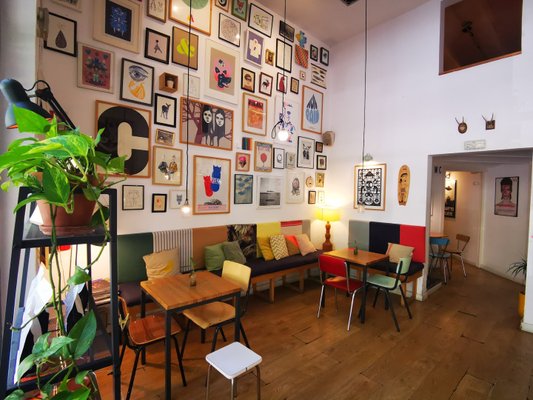
"This is the place where you can enjoy a coffee while working in a white space with pastel shades, with wooden designs and the perfect ambience. Also, this place is great if you want fresh baked brownies and cakes."




